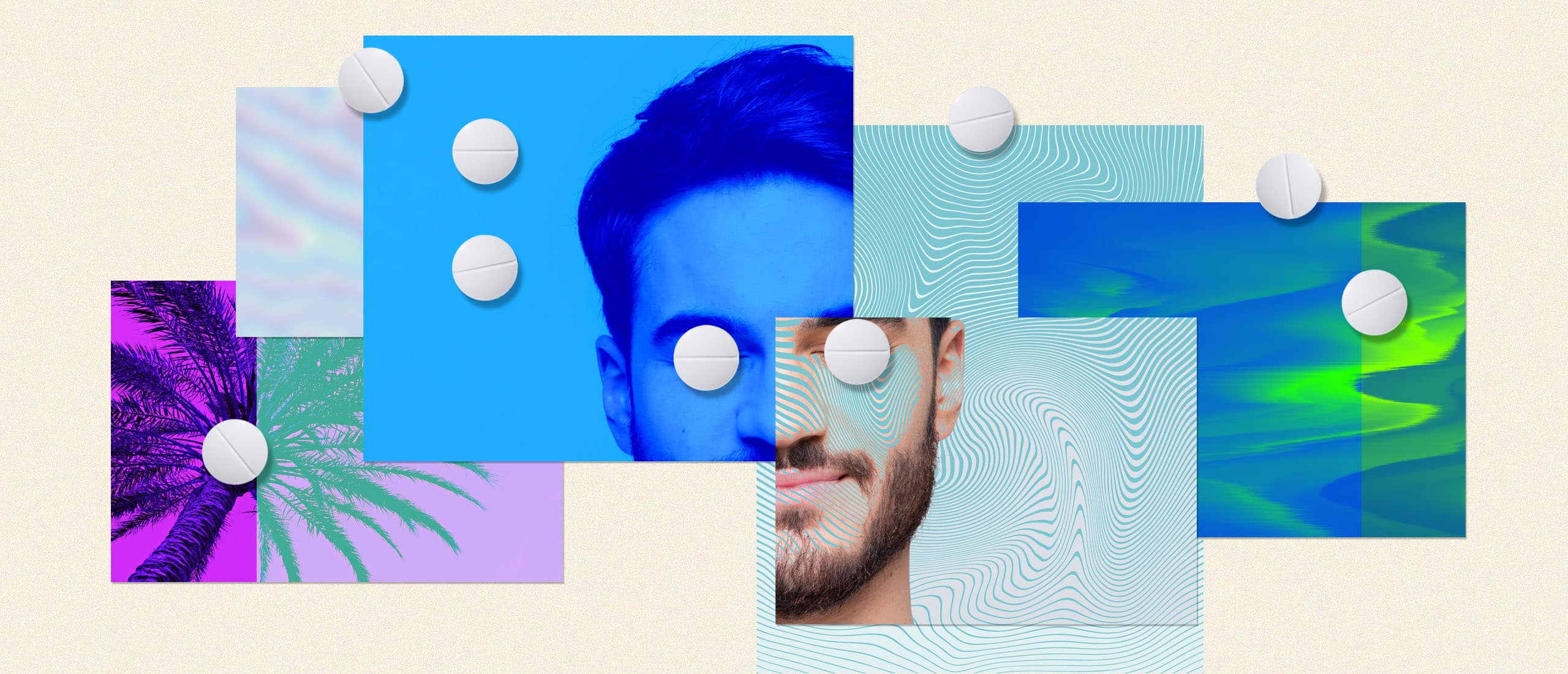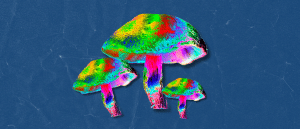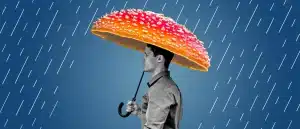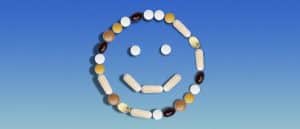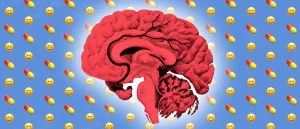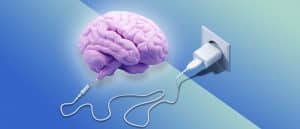Doctors Could Soon Prescribe MDMA For Depression and PTSD
- By Lara McGlashan, CPT
- Fact-checked by Joy Ferguson
- September 15, 2023
30-Second Takeaway
- On the heels of new research, MDMA may be inching closer to FDA approval for treating PTSD in combination with therapy.
- MDMA for depression, especially treatment-resistant depression, has previously shown promise.
- Researchers suspect the hallucinogenic drug boosts feel-good chemicals and enhances the brain’s ability to adapt.
Earlier this week a study was published in the journal Nature that suggests Methylenedioxymethamphetamine (MDMA)—otherwise known as Molly or ‘ecstasy’—is effective in reducing the symptoms of PTSD (1). If MDMA gets FDA approval, it “would be the first novel treatment for PTSD in over two decades,” study author Berra Yazar-Klonski said. “Patients can feel some hope.”
This study is just the latest in a growing body of research that suggests MDMA could soon routinely be prescribed for PTSD. But that’s not the limit of it’s potential. When partied with therapy, MDMA also shows promise for alleviating depression.
MDMA for Depression
MDMA has been around for more than 100 years. But it wasn’t until recently that MDMA has been considered for depression and PTSD.
“It was synthesized [in 1912] by Merck as part of a novel method of making hydrastinine, a drug used to stop bleeding,” says Matthew Baggott, Ph.D., a San Francisco-based neuroscientist with more than 30 years of experience studying psychedelics.
In the 1950s, researchers began to study MDMA’s psychotropic properties. Then things got a little trippy.
Once its hallucinogenic properties were revealed, MDMA appeared recreationally around 1970. (Cue the flower-print pants.) It became especially popular as a street drug in the 1980s under its more engaging moniker “ecstasy,” because of the euphoric feelings it helps create.
MDMA was a fixture at dance parties until 1985, when the government declared it a Schedule 1 drug, making it a banned substance. (Party’s over. Everyone go home.)
But emerging research suggests there’s reason to celebrate again.
How MDMA Works
Back in the late 1970s and early 1980s, a small group of psychiatrists gave MDMA a whirl, claiming it was a way to open people up during sessions. More recent research has revealed that because MDMA causes the release of oxytocin (the cuddle hormone), people experience greater feelings of trust, social bonding, and closeness while taking the drug.
According to a 2020 study, MDMA also enhances the release of neurotransmitters (serotonin, dopamine, and norepinephrine) in the brain (2). Serotonin plays a role in the regulation of sleep, pain, appetite, and mood, and is largely responsible for MDMA’s euphoric effects. Dopamine is involved in learning, memory, and reward, and norepinephrine is part of the fight or flight response, and affects mood, energy, sleep, anxiety, and focus.
How MDMA Might Work for Depression
Within about 45 minutes of taking MDMA, people usually begin to feel an enhanced sense of well-being, empathy, emotional warmth, self-confidence, and euphoria. This “high” can last up to six hours.
What’s going on? The brain is essentially flooded with feel-good chemicals that stimulate the same regions that standard antidepressants affect, and because those antidepressant drugs can take six weeks or more to be of benefit, MDMA is being investigated for its immediate effects.
Some recent research indicates that MDMA may enhance brain plasticity—meaning, the ability of your brain to change and adapt—by increasing levels of oxytocin.
And according to another study published in Nature earlier this year, psychedelic drugs such as psilocybin, ketamine, and MDMA may encourage the growth of new connections between neurons in the brain (3). This may be especially helpful for those suffering from PTSD and treatment-resistant depression, because their chronic symptoms are thought to damage neural synapses (2).
MDMA’s Side Effects
Though MDMA might seem like the perfect solution for depressive disorders, it does have a dark side. Reactions depend on several factors, including the amount taken, whether it’s combined with another drug, genetics, and gender.
According to the National Institute of Drug Abuse (NIDA), MDMA may cause dehydration, loss of electrolyte (sodium) balance, lack of appetite, unclear thoughts, headaches, sweating, and nausea (4).
More serious side effects include high blood pressure, panic attacks, brain swelling, and in severe cases, loss of consciousness and seizures. Heavy use (e.g., twice daily for four days or more) can damage serotonin-related nerve cells, making it harder to feel that same feel-good boost—which may lead to taking larger doses. MDMA could then possibly also cause, rather than alleviate, depression, anxiety, and irritability.
What happens when the high gets low
In the days following taking MDMA, people often feel fatigued and unmotivated, and could also experience negative psychological after-effects, such as poor memory, depression, confusion, paranoia, and anxiety.
“Nonmedical MDMA users sometimes report lowered mood or increased anxiety a few days after use,” Baggott says. “However, it isn’t clear whether this is really related to lowered serotonin. These after-effects haven’t been noticeable in clinical trials, possibly because the doses and total exposures for clinical MDMA are less than what many people take in uncontrolled contexts.”
In fact, little is known about MDMA’s long-term effects, and more research is needed to determine its possible clinical applications.
Exploring MDMA for Mental Health
This new study isn’t the first to highlight MDMA’s potential as a mental health treatment. In 2019, the FDA gave MDMA “breakthrough therapy” status as a treatment for PTSD, and suggested that it may be an effective supplement for those suffering from that condition. And in 2021, a study published in Nature Medicine revealed that MDMA was found to be highly effective for those with severe PTSD, and that the treatment was safe and well-tolerated (5). (In that study, participants received therapy in conjunction with the MDMA treatment.)
However, at present, MDMA’s clinical use for depression is largely theoretical. “Most studies that have investigated the potential therapeutic use of MDMA have used it to help treat PTSD, and there are not any completed studies of MDMA as an antidepressant,” Baggott explains. “In clinical trials, MDMA was given orally in a supervised medical setting to medically screened people who were also receiving psychotherapy. It will probably be approved for use in a similar manner, and in fact a group of researchers published plans to study MDMA’s potential use for depression (6).”
As of July 1, 2023, Australia was the first country to authorize the use of MDMA as a way to treat PTSD. A specially authorized psychiatrist has to prescribe the medication, it must be taken in a medically controlled environment, and patients must work closely with the psychiatrist before, during, and after taking MDMA.
Americans, however, will have to wait a beat. “MDMA is not yet an approved medicine [in the USA], so it remains to be seen how it will be used once it is approved,” Baggott says.
On a brighter (if not neon) note: Andrew Huberman, Ph.D. dedicated one of his Huberman Lab podcasts to MDMA and its potential therapeutic uses, and even tried guided sessions with the drug (under the supervision of a licensed clinician), himself. He noted in a separate podcast with Tim Ferriss that those sessions were “immensely beneficial” for him. And that he felt “braver” out in the world.
References
1. Mitchell, J.M., Ot’alora G., M., van der Kolk, B. et al. (2023) MDMA-assisted therapy for moderate to severe PTSD: a randomized, placebo-controlled phase 3 trial.
2. Wolfson, P., et al. (2020.) MDMA-assisted psychotherapy for treatment for anxiety and other psychological distress related to life-threatening illnesses: a randomized pilot study.
>3. Nardou, R., et al. (2023.) Psychedelics reopen the social reward learning critical period.
4. National Institute on Drug Abuse (NIDA). MDMA (Ecstasy) Abuse research Report.
5. Mitchell, J., et al. (2021.) MDMA-assisted therapy for severe PTSD: A randomized, double-blind, placebo-controlled phase 3 study.
6. Kvam, T, et al. (2022.) Study protocol for “MDMA-assisted therapy as a treatment for major depressive disorder: A proof of principle study.



